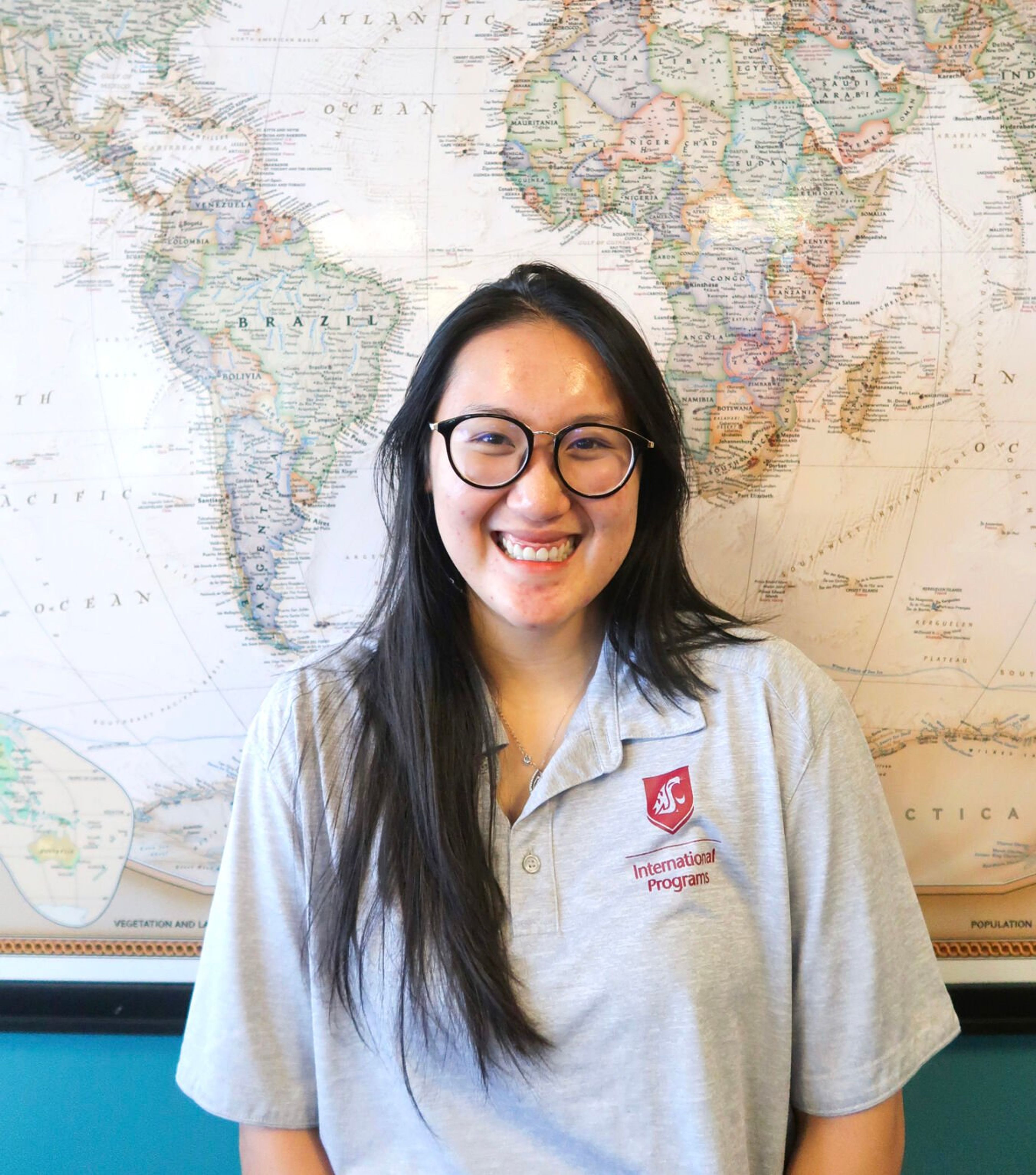‘Failure is not an option’ for these students
International students at WSU and other U.S. colleges pay a steep price for their education
PULLMAN -- Tannith Johnson was a ball of nerves and excitement as she stepped off the airplane and onto Washington soil for the first time three years ago. The native of Johannesburg, South Africa, was all alone in the United States.
“I didn’t know anything about the Palouse,” said Johnson, who enrolled at Washington State University and joined the rowing team. “I didn’t even know what the university looked like.”
More first-time international students enrolled at American colleges and universities for the 2022-2023 school year than ever before, according to federal findings released earlier this fall. Washington State University is seeing similar trends. Enrollment of first-year international students at WSU was up 10% this school year compared to the previous academic year, said Daniel Saud, WSU’s director of international admissions and recruitment.
WSU currently serves about 1,500 students from 115 countries, Saud said. Prior to the COVID-19 pandemic, nearly 2,000 students from all over the world flocked to WSU Pullman and its satellite campuses, he said. Financial barriers and the pandemic caused this drop in admission numbers, he added.
Receiving a bachelor’s degree from WSU generally costs an international student a quarter of a million dollars. Most pay between $50,000 and $53,000 a year if living on campus, Saud said.
A common misconception is that students can comfortably afford tuition. Many families leverage their homes to fund their children’s American education, he said.
“Failure is not an option at that point. You have to succeed. You have to find a job,” Saud said. “You have to make sure that the job you get pays you more than enough to not only pay off that loan or the collateral you have against your house for your education but also support your family that funded you through that. They’re very brave souls in that regard, and very courageous souls.”
Many prospective students around the world learn about WSU through its humanitarian and outreach efforts, Saud said. The rise of first-time international students enrolling at WSU is because of targeting recruitment efforts at schools around the globe using the Cambridge High School curriculum, he said. This program prepares students for academic success at WSU and allows them to earn college credit, Saud said.
WSU’s heightened focus on the Middle East is also increasing enrollment, Saud said. Foreign governments send high-achieving students to earn their bachelor’s degrees at WSU. After graduation, these international students return to their home country to become leaders in their respective fields and help reform their professions, he said.
International students are on F-1 Academic Student Visas. This bars most off-campus employment, including entry-level food service or retail jobs, according to the U.S. Citizenship and Immigration Services.
Quyen Nguyen moved to Washington for college from Vietnam in 2019 and graduated from WSU this past summer, working on-campus in dining services. Now, she works as a program coordinator at the university’s International Center. The IC is a lounge open to all students to socialize, study and relax. Nguyen’s experience with the IC as an undergraduate transformed her experience at WSU, she said.
Like Johnson, Nguyen arrived at WSU knowing no one. While Johnson quickly found a supportive circle of friends within her rowing team, Nguyen spent her first semester at WSU feeling alienated, she said. Attending an IC Coffee Hour event and chatting with other international students over dessert changed everything, she said.
Cody Tornow, WSU’s international retention specialist, encouraged her to intern in the IC. During her last semester at WSU, Nguyen worked alongside other international students to plan events, design flyers and manage the group’s social media pages, she said. She was hired after graduating, she said.
“It just makes me feel so welcome. I have a sense of social safety when I come in here,” Nguyen said, referring to the IC. “I made a lot of friends through this center, so I just feel like this is my home away from home.”
WSU’s IC hosts about 300 events each year to create a community for international students, Nguyen said. In addition to weekly Coffee Hour sessions, the IC regularly hosts language conversation tables.
International students can practice English and domestic students can learn new languages. Each month, the center holds a cooking demonstration where students teach others how to cook a dish native to their home country, she said.
Attending university in a different country can be intimidating, Nguyen said. If she could do it all over again, Nguyen would have utilized all the university’s resources and became involved with the IC sooner, she said.
The number of international students attending American universities reached an all-time high during the 2018-2019 school year with nearly 1.1 million students. Enrollment dropped by nearly 20% two years later despite most universities transitioning into in-person operations for the 2020-21 school year.
American colleges welcomed nearly 950,000 international students for the 2022-2023 term. The international student population within American colleges and universities is rapidly climbing back to its pre-pandemic numbers, currently comprising nearly 5% of total college enrollment in the U.S., according to Forbes.
International students comprise about 7% of WSU’s student body this academic year, Nguyen said. If current national trends continue, this percentage can be expected to grow as universities continue to rebuild after the COVID-19 pandemic.
Flippin is a WSU student and Murrow News Service reporter.









